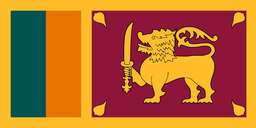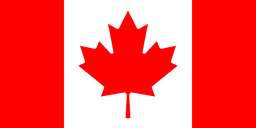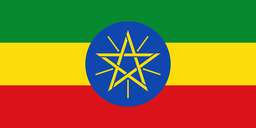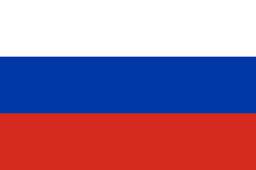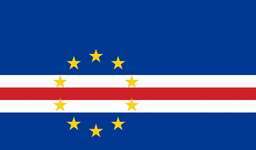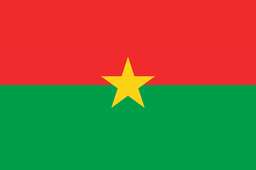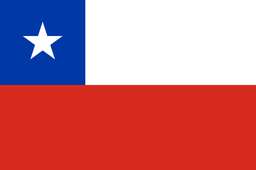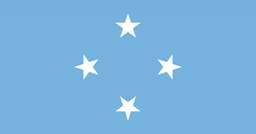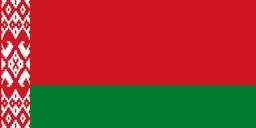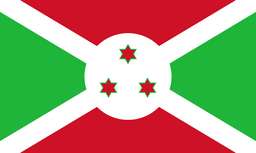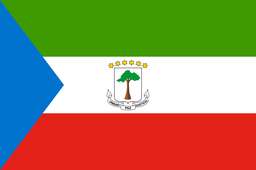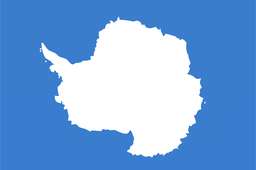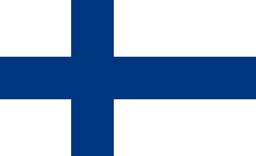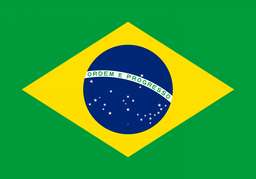Found in Africa's Horn, Eritrea presents a fascinating past. From prehistoric societies to its present independence, Eritrea's history is as varied as it is fascinating.
Toponymy
Eritrea, the Latin "Red Sea," Mare Erythraeum. This name captures the nation's proximity to the Red Sea coast. With time, the term has come to represent the nation, its people, and their common past.
Prehistory
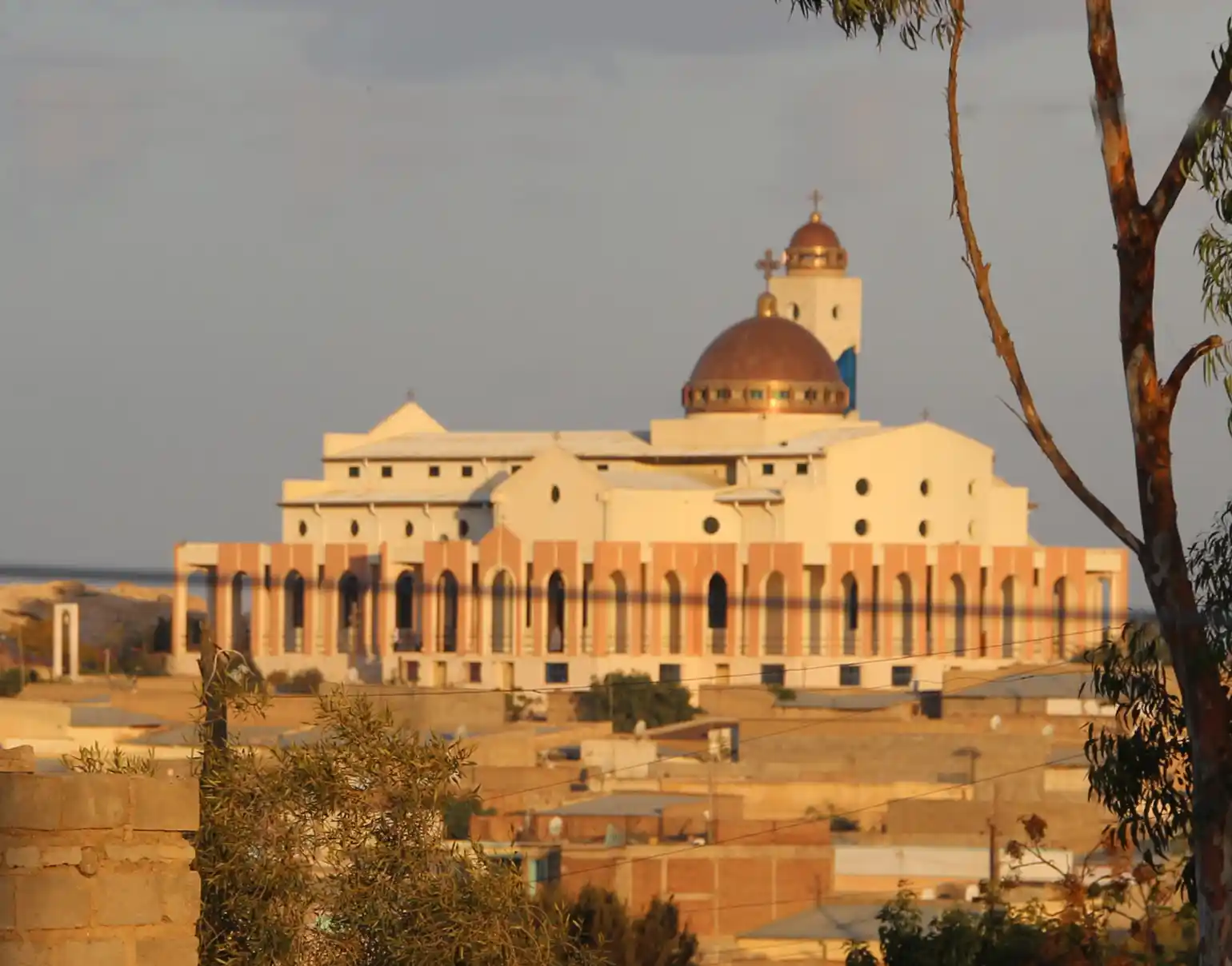
The history of Eritrea starts much before written documentation. Early people lived in the area more than a million years ago, according to archaeological data. Ancient tools and fossils found at sites such as Buya and Adi Keyh offer an understanding of human evolution.
Antiquity
Two among the several ancient civilisations perhaps found in Eritrea are the kingdoms of D'mt and Aksum. From the first to the seventh century after the common era, the latter was among the strongest empires on Earth. It regulated commercial routes and had a major cultural impact on nearby areas.
D’mt
Rising in the highlands of Eritrea and northern Ethiopia, a monarchy known as D'mt developed about 1000 BCE. This society worked with iron, applied irrigation methods, and was adept at farming. Among the first-ordered societies in the area, d'mt
Kingdom of Aksum
Rising to rule by the first century CE, the Kingdom of Aksum covered areas of Eritrea, Ethiopia, Sudan, and even Yemen. Renowned for creating magnificent stone stelae and coin minting, Aksum developed into a significant commercial centre linking India, the Middle East, and Africa. Arriving here in the fourth century CE, Christianity came to define the culture of this area.
The Early Modern Period
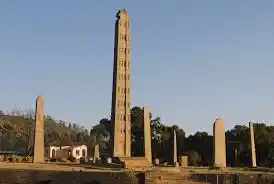
Once the Aksumite Kingdom fell, Eritrea's significance dropped. Many small organisations dominated portions of Eritrea throughout the Middle Ages. Trade and migration along the Red Sea helped Islam to spread over the territory. The Ottoman Empire acquired some territory in Eritrea in the sixteenth century.
Colonialism and Independence
Late in the 19th century, European nations began invading Africa. Italy transformed Eritrea into a colony once it was under control in 1889 and began to make money from its wealth. Until the United Nations federated Eritrea with Ethiopia in 1952, its destiny was unknown after World War II. Ten years later, Ethiopia acquired Eritrea totally, which set off a decades-long independence movement. Eritrea at last acquired its independence from Ethiopia in 1993 following a protracted and deadly war under rebel leadership.
Italian Eritrea
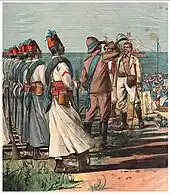
Under Italian colonial control in the late 19th century, Eritrea entered the modern age. Italy sought to grow its empire from Eritrea's base and conducted other conquests from there. During this time, contemporary businesses, towns like Asmara, and infrastructure were developed. But colonial control forbade Eritrean autonomy.
British Administration
Eritrea came under British control in 1941 following Italy's losses in World War II. Ideas of independence were more widely exposed during British control. A nationalist movement started to develop and would become very important for the future of the nation.
Annexation by Ethiopia
Ethiopia claimed Eritrea controversially in 1962. Then followed the decades-long fight for independence. Armed uprising against the Ethiopian government was carried out under the Eritrean Liberation Front (ELF) first, then the Eritrean People's Liberation Front (EPLF).
Independence
Officially granted its freedom in 1993, Eritrea developed as a country after voting. Then, it battled to rebuild itself in the face of political and financial challenges. Eritrea's history is still underwritten; its future is yet to be seen. Eritrea gained its freedom in 1993, but it has struggled greatly attempting to rebuild and present itself as a nation. To some extent, political disputes, financial hardships, and breaches of human rights have shaped the present reality of the nation.
Geography
Found in northeastern Africa, Eritrea runs alongside Sudan, Djibouti, and Ethiopia. Its strategic as well as financial worth is accentuated by its lengthy Red Sea shoreline.
Climate
Everywhere across the country, the temperature swings. Coastal areas are hot and dry, whereas the highlands enjoy milder temperatures with distinct wet seasons.
Biodiversity
Eritrea's various landscapes along the Red Sea coast support uncommon species like gazelles, ostriches, and several sea creatures. Efforts at conservation aim to preserve its tremendous variety.
Government and Politics
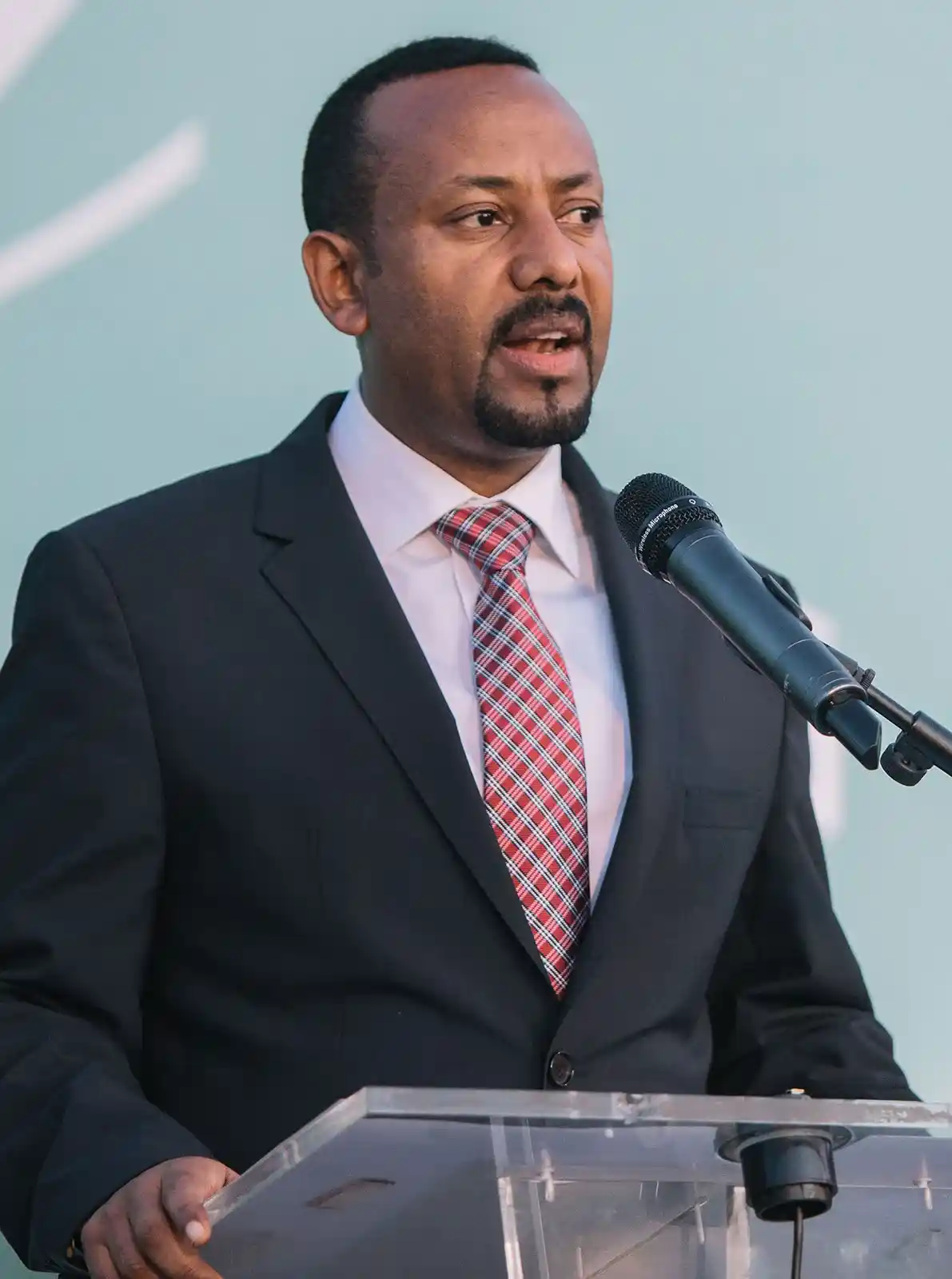
One-party PFDJ, or People's Front for Democracy and Justice, rules Eritrea. Human rights organisations have challenged the administration for lacking, among other liberties, political opposition and journalistic freedom. Still, recent developments suggest possible alterations in these domains. Current Prime Minister Abiy Ahmed and Eritrean President Isaias Afwerki have started peace talks and efforts at reconciliation between the two countries.
National, Regional, and Local Elections
Eritrea has a single-party system; since its independence, elections at several tiers have been postponed. But in 2021, the government made public plans for the first local elections since 2004. This development might point to a future with more democratic processes.
Administrative Divisions
The country consists of six sections, sometimes referred to as "zobas; each having a local government established. Moreover, Asmara, the capital city, has an autonomous government.
Foreign Relations
Although Eritrea maintains diplomatic ties to nations all around, it is well-known for having rigorous rules over foreign influence. Its record on human rights and participation in regional disputes usually draws criticism.
Relations with Ethiopia
Eritrea and Ethiopia began a protracted struggle following their independence that finally resulted in the 1998–2000 Eritrean–Ethiopian War. Still, stronger relations and peace negotiations have now become evident.
Military
Eritrea's government is greatly shaped by the military, and national service is required of its people. The armed forces of Eritrea comprise land and marine elements.
Legal Profession
The legal systems of Eritrea comprise modern legislation, customary law, and laws from the colonial era. The nation boasts a bar association as well as several legal assistance groups.
Human rights
International attention is focused on human rights in Eritrea since reports expose limits on journalists, freedom of expression, and mobility. There are hopes for developments in this sector as the nation keeps growing.
Media Freedom
The government closely regulates the media, therefore restricting access to objective news. For their work, certain Eritrean media experts and reporters have been imprisoned.
Economy
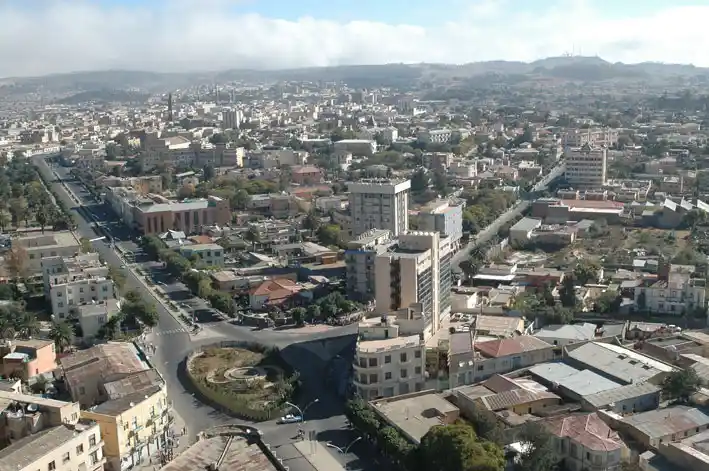
Eritrea has vast natural resources and mostly relies on agriculture in terms of its economy. Still, political unrest and decades of war have hampered its economic progress. Recent initiatives to open the economy and draw international capital point to possible growth.
Mining
Particularly for gold and copper, mining is a big business. The nation wants to increase these activities in order to promote economic development.
Agriculture
Most Eritreans work in subsistence farming. But scant arable land and irregular rains present difficulties. To raise agricultural output, the government has committed funds to irrigation projects.
Energy
To break free from reliance on imports, Eritrea is looking at solar and wind energy sources.
Tourism
Eritrea has an unrealised tourism promise with breathtaking scenery, historic ruins, and UNESCO World Heritage sites, including the city of Asmara.
Transportation
Gradually, infrastructure is getting better, and roads link ports and big cities. A popular tourist attraction developed during Italian colonisation is the Massawa-Asmara Railway.
Demographics
Nine acknowledged ethnic groups define Eritrea's people. Most of the population follows Christianity or Islam; traditional religions and other faiths have few followers.
Languages
Multilingual Eritrea has nine formally accepted languages. Most typically used are English, Arabic, and Tigrinya.
Religion
With both Islam and Christianity coexisting harmoniously, the population is virtually exactly split between the two religions.
Music
Eritrean music uses unusual instruments such as the krar, a kind of lyre, and often combines modern and traditional forms.
Education
Although after independence, education has grown, the emphasis still is on raising literacy rates and vocational training. The main higher education institution in the nation is the University of Asmara.
Culture
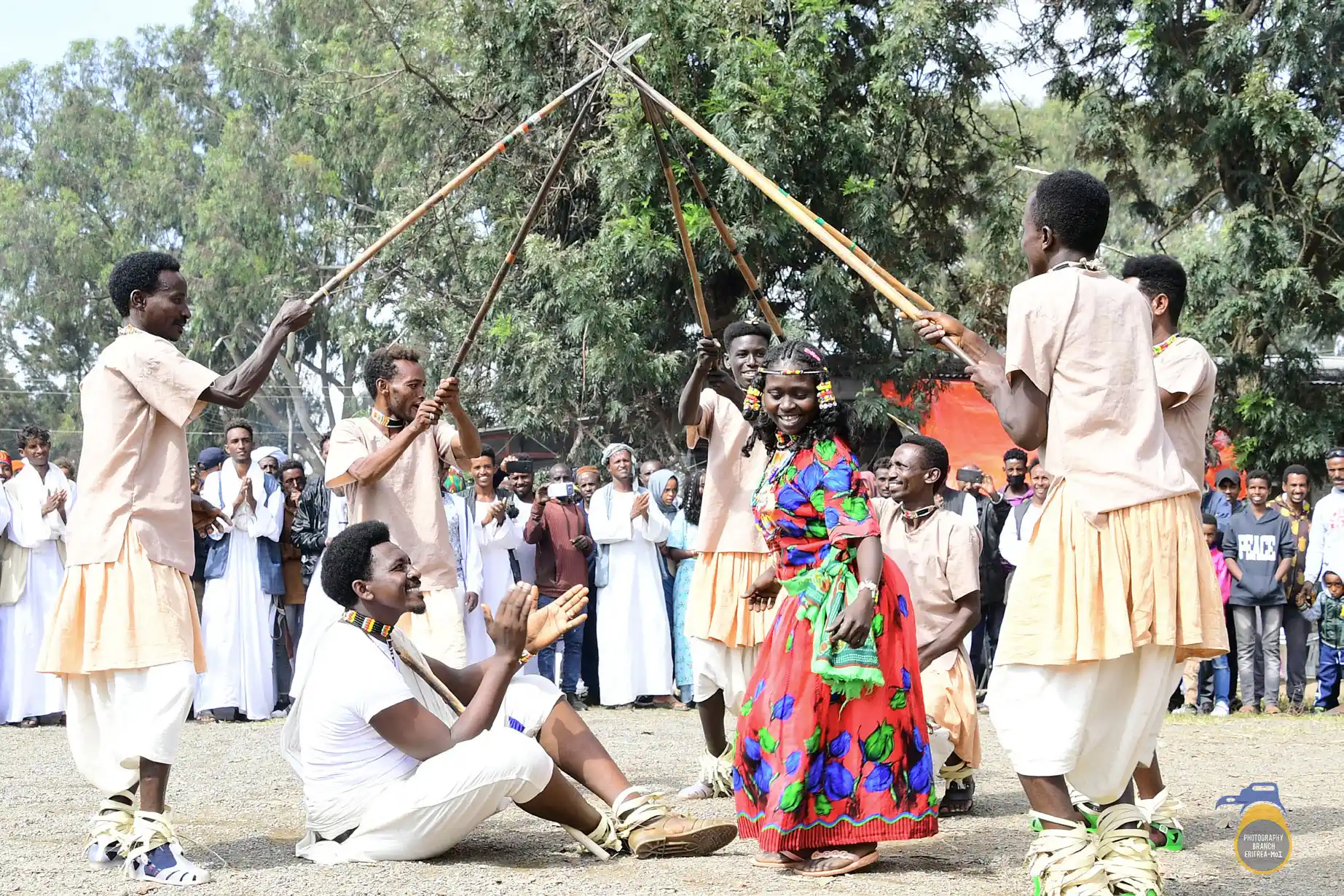
Rich in cultural legacy, Eritrea has been formed by numerous religions and practices. Important aspects of the culture of the country are food, clothes, and music. Eritrean coffee events are common social events.
Health
Though problems, including insufficient resources and qualified personnel, still exist, healthcare access is improving. Programs the government has started to handle these problems include the National Health Insurance Scheme.
Cuisine
Many Eritrean dishes centre on injera, a sourdough flatbread, and peppery stews, with their strong memories of Ethiopian cuisine. Especially by the waterfront, seafood is also a rather regular dinner.
Sport
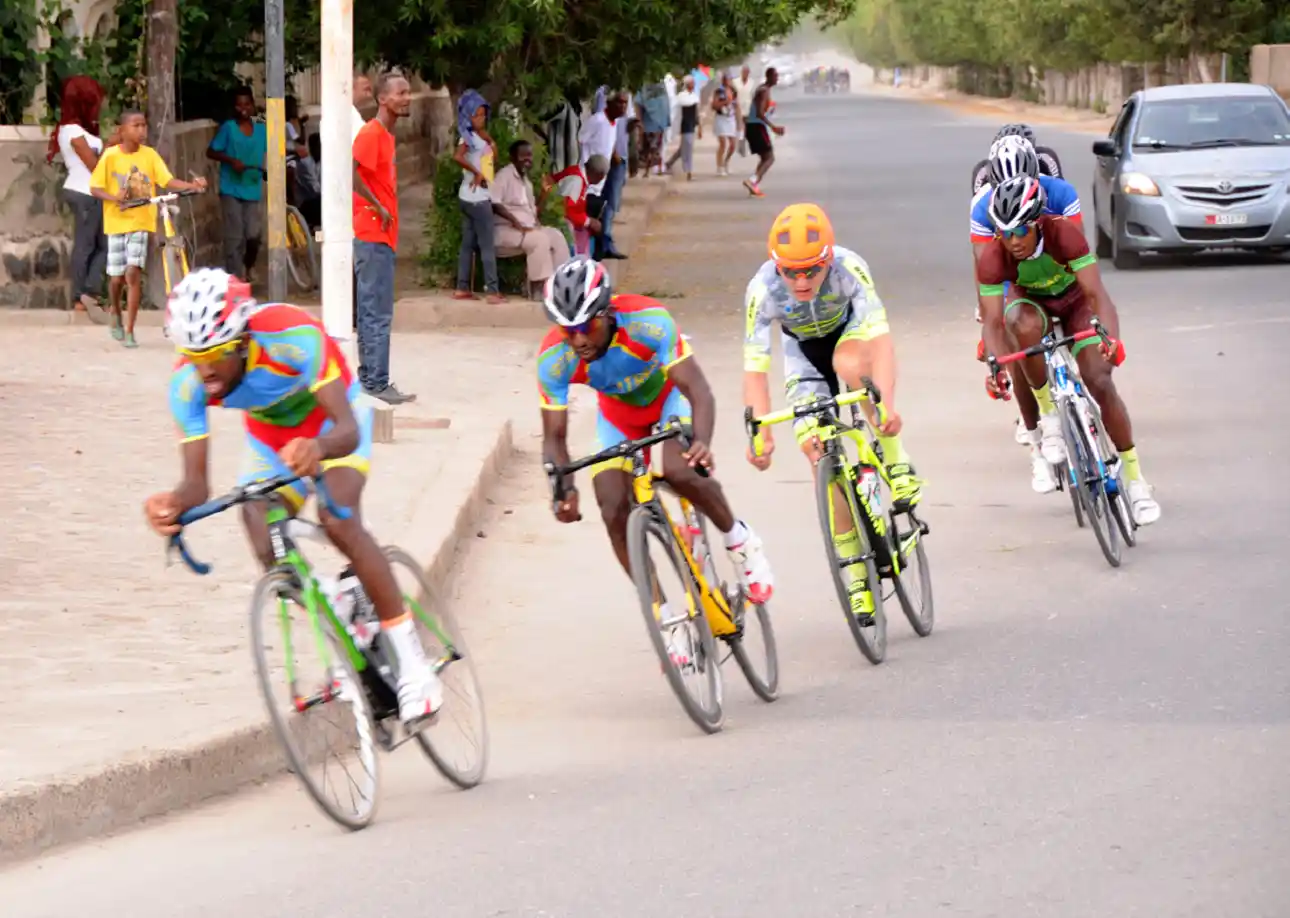
The most common sport is soccer. Eritrea is also well-known for producing gifted world-class cyclists.




